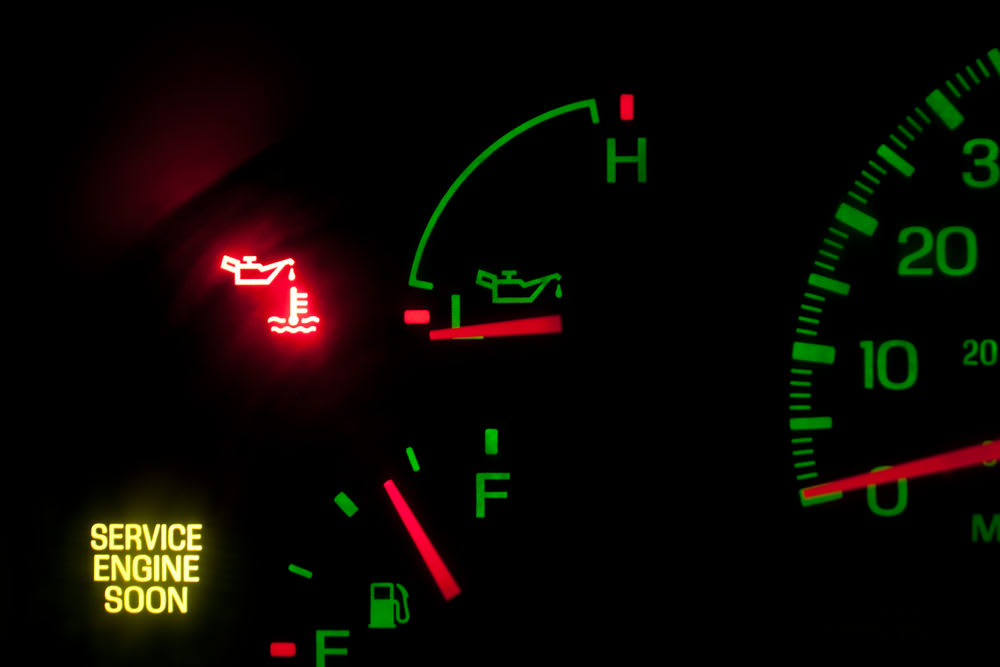

Professional mechanics agree that one of the most important evolutions to come about in recent years is the expansion of sensors to monitor mechanical systems. These sensors are responsible for continuously recording data and relaying this valuable information to the ECU. The benefit to mechanics is that they don’t have to scratch their heads to figure out what’s wrong with a car - the ECU's ability to store sensor trouble codes makes it easy to get this data.
In general, when a sensor detects a problem, it will create an trouble code that will be stored in the ECU until a professional mechanic completes a diagnostic scan. Once they download the stored codes, they are able to pinpoint the source of the code and complete the right repairs. The use of sensors has enhanced the capability and reliability of cars, but not all sensors are seen in every model.
Common Sensors Found on All Cars
Certain sensors are pretty much standard and may even be required by law. For instance, oxygen sensors are required to control tailpipe emissions and reduce pollution.
ABS sensors are necessary for the ABS system to work. They tell the system when a wheel isn’t rotating correctly to help prevent a problem before it occurs.
Throttle position sensors monitor the gas pedal and how much pressure is applied and compares it to the amount of fuel being sent to the engine.
The mass airflow sensor is seen on all multiport fuel injection systems. It monitors the amount of air to ensure the correct fuel/air ratio is maintained for optimal performance.
Manifold absolute pressure sensors help ensure ignition timing is at the right speed. This is another sensor that is needed to keep your car running.
Crankshaft position sensors are essential in any vehicle without a distributor. It helps control ignition timing.
Optional Sensors You May Want to Consider
When you go car shopping, you need to know that some sensors aren’t standard on all models. Otherwise, you might be disappointed when you drive your new vehicle home. There are some new sensors that are considered upgrades or are available on premium automotive packages, while others can be added a-la-carte. In many cases, these sensors will require additional components to operate, so make sure to inquire with the dealership in regard to any additional items you need to install.
Tire pressure sensors are becoming more common, but they aren’t on every model. They monitor the air pressure in the tires and tell you when you need to add more air.
Parking sensors are also optional. Backup cameras are now required, and sensors may be one day. As vehicles compete for five-star safety ratings from the National Highway Traffic Safety Administration, manufacturers are adding them to more models. They beep when obstacles are close to your vehicle and may be seen on the back or front of some models.
Although every car, truck or SUV has a maintenance program that needs to be followed, sensors are typically not listed in these programs. It's always a good idea to have a professional technician from YourMechanic inspect critical sensors when they complete routine maintenance on your vehicle; as being proactive about replacing damaged or dirty sensors can save you a tremendous amount of time, money and reduce frustration that comes with a broken down vehicle.



